Description
96th Bombardment Wing Patch
Pilots and Crew! Fly again with the 96th Bombardment Wing Patch with the beautifully embroidered patch. You’ll be able to wear this patch proudly.
- 4.5 inch
- Embroidered
- US Veteran-Owned Business
- Reproduction
The 96th Bombardment Wing was activated in 1953 at Altus Air Force Base, Oklahoma and received Boeing B-47 Stratojet bombers the following year as a component of Strategic Air Command’s deterrent force. In 1957 the wing moved to Dyess Air Force Base, Texas where it converted to the B-52 Stratofortress in 1963 and the Rockwell B-1 Lancer in 1985. The wing also operated air refueling aircraft, and during the early 1960s was assigned a squadron of intercontinental ballistic missiles. In 1984, the World War II group was consolidated with the wing. The wing was inactivated in 1993 and its mission, personnel and equipment were transferred to the 7th Bomb Wing, which moved on paper to Dyess when Carswell Air Force Base became a reserve installation.
The 96th Bombardment Wing was activated in November 1953 at Altus Air Force Base, Oklahoma. Wing headquarters and most of the wing components were not manned until March 1954; those components were controlled by the 96th Air Base Group, whose commander served additional duty as the 96th’s wing commander.[1][20] The wing soon received Boeing KC-97 Stratofreighters and began air refueling operations in March 1954.[1]
The wing began training with Boeing B-47E Stratojet swept-wing medium bombers, capable of flying at high subsonic speeds, in April 1955 in support of SAC’s global commitments. It deployed to Andersen Air Force Base Guam from January through April 1957. The wing joined the 341st Bombardment Wing at Dyess Air Force Base, Texas on 8 September 1957.[1]
The 4th Strategic Support Squadron, a strategic airlift squadron flying Douglas C-124 Globemaster IIs, moved to Dyess from Ellsworth Air Force Base in 1957.[21] It was assigned to the wing from September 1959 until it was inactivated in March 1961. The wing added intercontinental ballistic missiles to its nuclear strike force when the 578th Strategic Missile Squadron, with Convair SM-65 Atlas missiles joined the wing in July 1961. The first Atlas missile went on alert in April 1962. The wing’s Atlases were phased out in March 1965.[1]
Wing emblem during SAC era, surrounded by a bordure in the colors of the SAC riband
Soon after detection of Soviet missiles in Cuba, on 22 October 1962, SAC’s B-47s were dispersed.[22] Dispersing bombers carried nuclear weapons in ferrying configuration.[23] On 24 October SAC went to DEFCON 2, placing all its combat aircraft on alert.[24] Most dispersal bases were civilian airfields with Air Force Reserve or Air National Guard units. The B-47s were configured for execution of the Emergency War Order as soon as possible after dispersal. On 15 November, 1/6 of the dispersed B-47s were recalled to their home bases.[25] On 21 November SAC relaxed its alert posture to DEFCON 3. its dispersed B-47s and their supporting tankers were recalled on 24 November. On 27 November SAC returned to normal alert posture.[26]
By the early 1960s, the B-47 was being phased out of SAC’s strategic arsenal. In June 1961, the 341st Bombardment Wing had been inactivated and the 96th became the single Stratojet wing at Dyess.[27] In March 1963, two of the wing’s bomber squadrons were inactivated, and by December 1963, its remaining squadron had converted to the Boeing B-52 Stratofortress. The 96th received B-52Cs from the 99th Bomb Wing from Walker Air Force Base in Roswell, New Mexico.[citation needed] In 1970 and again 1972–1973, most wing personnel and all of its aircraft and crews deployed to the Pacific in support of the War in Vietnam.[1] During most of this time, the 96BW also supported Operation Chrome Dome missions over the North Pole in the Cold War.[citation needed]
From 1980, the wing’s 917th Air Refueling Squadron’s Boeing KC-135A Stratotanker aircraft regularly deployed to Europe, Alaska, and the Pacific to support SAC tanker task force requirements.[1]
The 337th Bombardment Squadron became the first squadron to operate the Rockwell B-1B Lancer, after the arrival of the first aircraft in June 1985. In October 1986, B-1Bs assumed SAC Cold War alert duties for the first time.[1] In addition, the 338th Combat Crew Training Squadron received B-1Bs in June 1992.[citation needed]
917th Squadron tankers provided refueling support to units involved in Operation Just Cause, the December 1989 incursion that replaced Manuel Noriega as ruler of Panama. The following August, they ferried personnel and equipment to Andersen Air Force Base, Guam for further movement to Southwest Asia.[1] In December 1990 all remaining tanker aircraft and crews, except those on alert duty, were sent to Incirlik Air Base, Turkey in support of Operation Desert Storm.[citation needed]
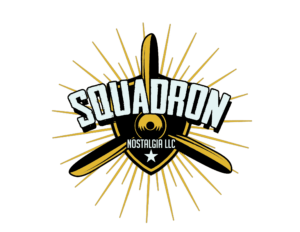
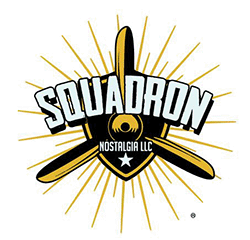
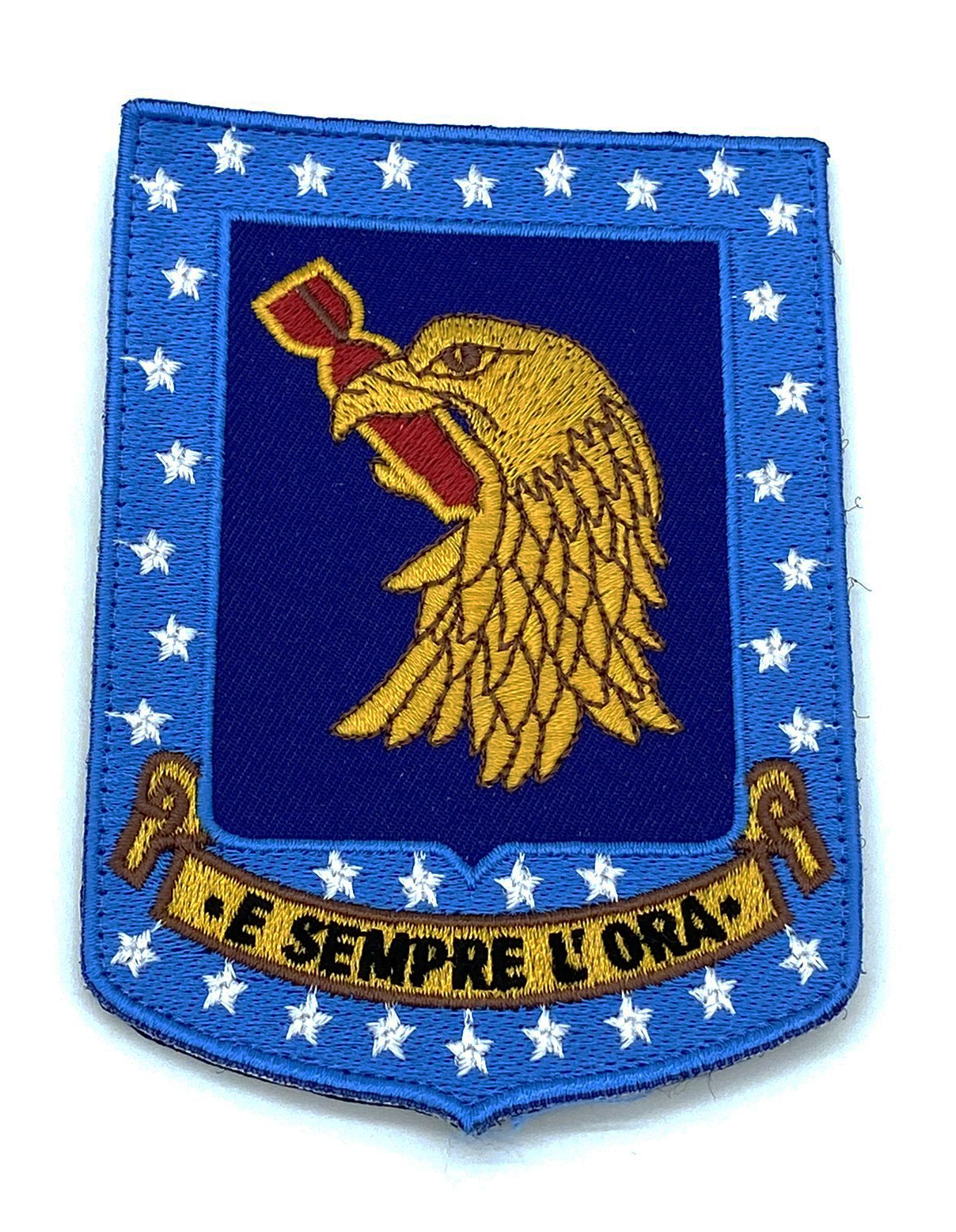
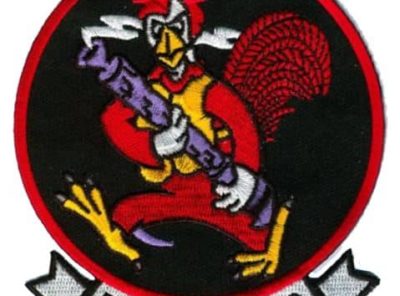
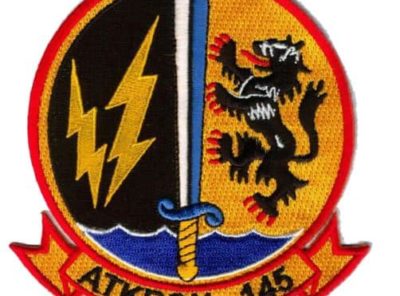
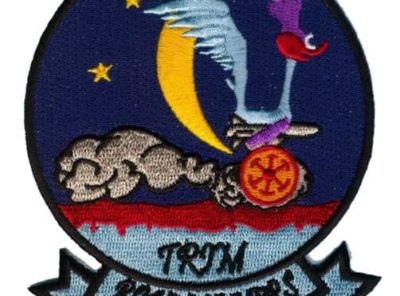
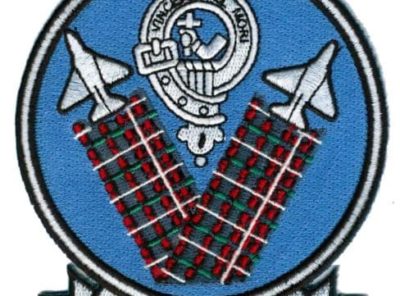
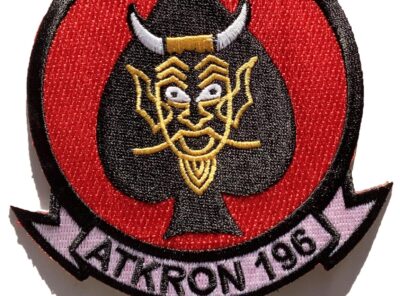
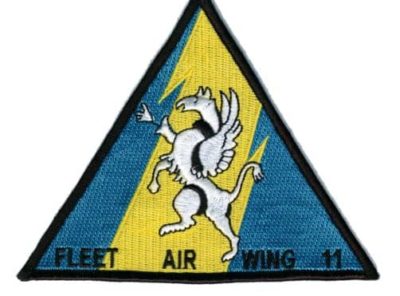
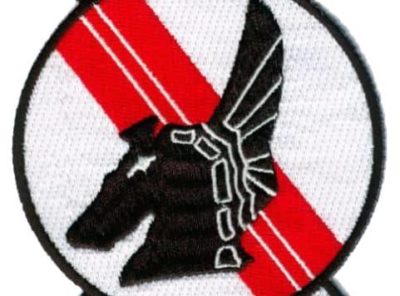

Reviews
There are no reviews yet.